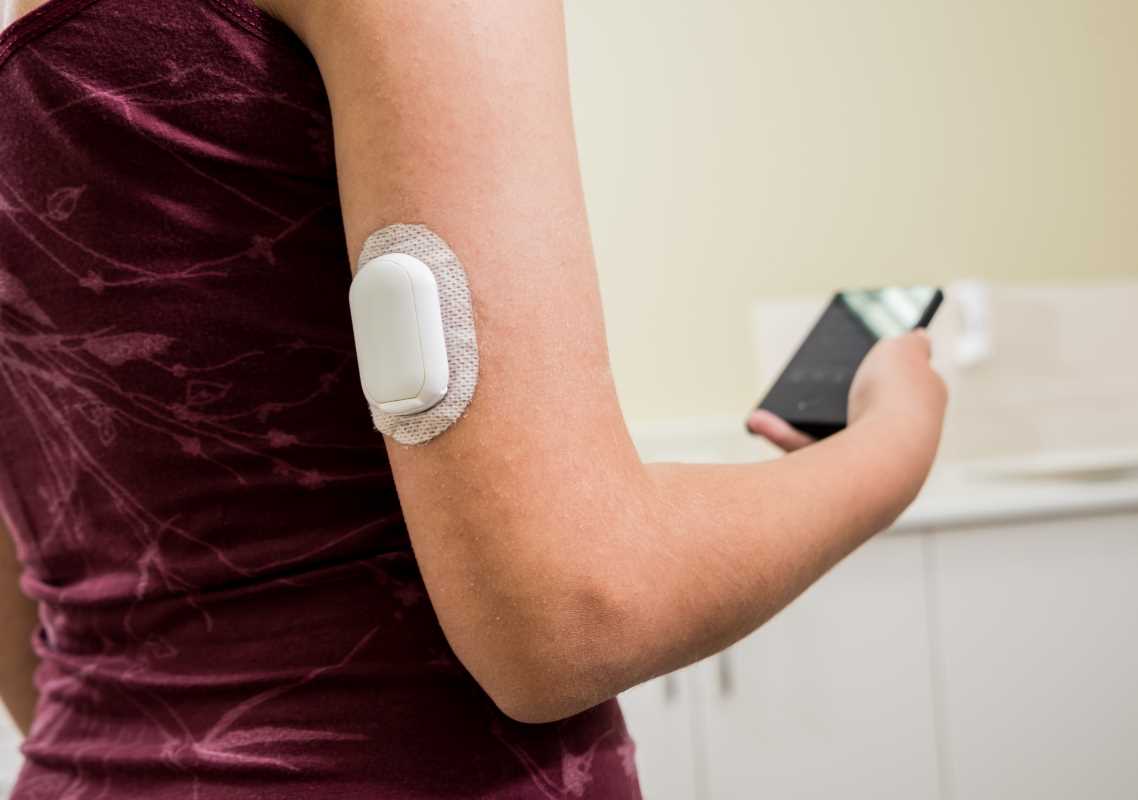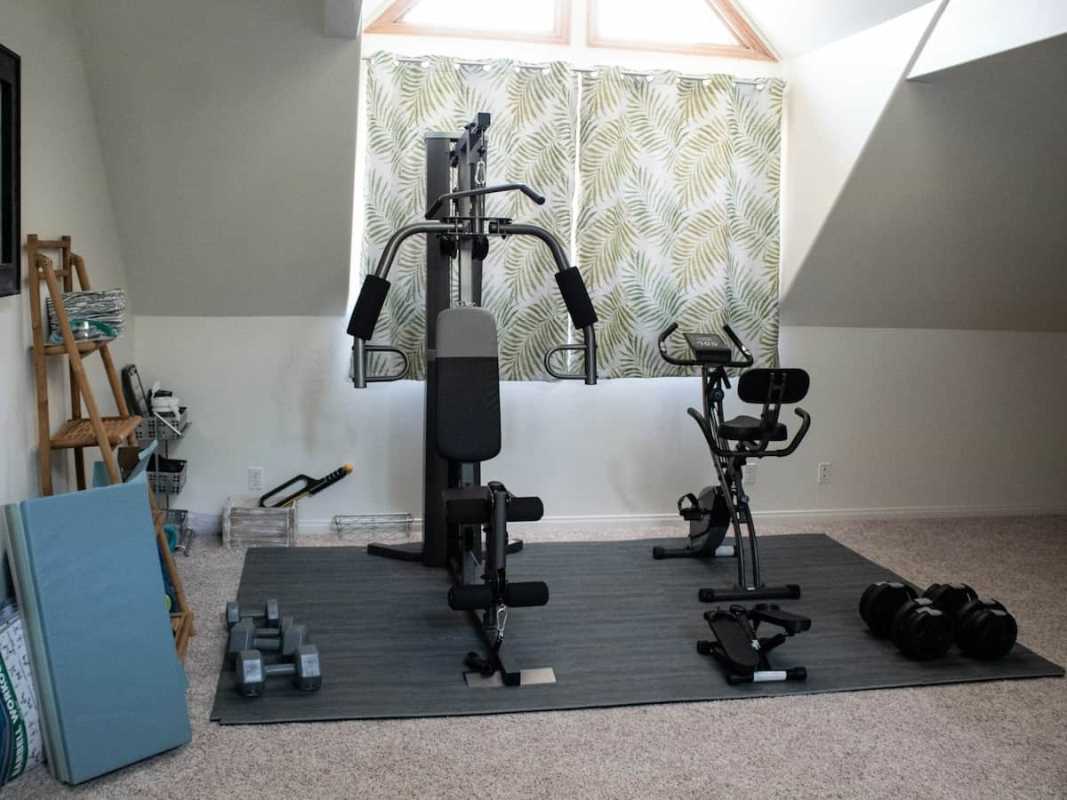The way we manage our health is undergoing a profound transformation, moving beyond the yearly check-up and into the realm of continuous, personalized monitoring. A new generation of smart diagnostic tools is empowering us to take a more proactive role in our well-being, providing real-time data and insights that were once only available in a doctor's office. These at-home devices, from sophisticated wearable sensors to advanced lab testing kits, are creating a more informed and engaged approach to personal health. This shift is turning our homes into the new front line of preventative care, offering the potential for earlier detection and better management of our health.
Wearable Sensors: Your 24/7 Health Companion
The first wave of home diagnostics arrived on our wrists. Wearable technology has evolved far beyond simple step counters into powerful health monitoring devices that track a wide array of biometric data around the clock. These sensors provide a continuous stream of information about our bodies, helping us to identify patterns, track progress, and spot potential issues before they become serious.
Modern smartwatches and fitness trackers from brands like Apple, Fitbit, and Garmin are equipped with advanced sensors that can monitor critical health metrics. The electrocardiogram (ECG) feature can detect signs of atrial fibrillation (AFib), a common type of irregular heart rhythm that can increase the risk of stroke. Blood oxygen (SpO2) sensors measure the oxygen saturation in your blood, which can be an important indicator of respiratory health. These devices also track heart rate variability (HRV), sleep stages, and body temperature, providing a holistic view of your physiological state.
The data is collected and analyzed by sophisticated algorithms, which then present the information in an easy-to-understand format on a smartphone app. You can see how your sleep quality affects your energy levels or how a workout impacts your heart rate recovery. This continuous data stream is invaluable, offering a much more complete picture of your health than the snapshot taken during a doctor's visit.
The Rise of At-Home Lab Testing
One of the most significant advancements in home diagnostics is the emergence of direct-to-consumer lab testing kits. These kits allow you to collect a sample (such as blood, saliva, or urine) in the privacy of your own home and send it to a certified lab for analysis. This democratizes access to important health information, making it easier and more convenient to monitor a wide range of biomarkers.
Companies like Everlywell, LetsGetChecked, and QuestDirect offer a vast menu of tests that you can order online. These range from basic wellness panels that check for vitamin deficiencies and cholesterol levels to more specific tests for food sensitivities, hormone levels, and thyroid function. The process is straightforward. You receive a kit in the mail with simple instructions for collecting your sample. After sending it back in a prepaid mailer, you receive your confidential results on a secure online platform within a few days.
These results are often presented with clear explanations and context, helping you to understand what the numbers mean for your health. This technology empowers you to track changes over time, see the impact of lifestyle modifications, and have more informed conversations with your doctor. It puts you in the driver's seat of your own health data.
Smart Devices for Specific Conditions
Beyond general wellness tracking, a new category of smart home diagnostic tools is designed to help individuals manage specific chronic conditions with greater precision and ease. These devices provide medical-grade accuracy and seamlessly integrate with health apps, allowing for better monitoring and communication with healthcare providers.
Continuous Glucose Monitors (CGM): For individuals with diabetes, CGMs have been a revolutionary development. Devices like the Dexcom G6 or the FreeStyle Libre use a tiny sensor inserted just under the skin to measure glucose levels in real time, 24 hours a day. The data is sent wirelessly to a smartphone or a dedicated reader, eliminating the need for frequent and painful finger pricks. The system can alert the user to high or low blood sugar levels, helping to prevent dangerous episodes. This continuous data stream also allows users and their doctors to see how diet, exercise, and medication affect glucose levels throughout the day.
Smart Blood Pressure Monitors: Managing hypertension is now easier with smart blood pressure cuffs from brands like Withings and Omron. These devices function like traditional cuffs but automatically sync the readings to a smartphone app. The app tracks your blood pressure over time, visualizes trends, and can generate reports that you can easily share with your doctor. This makes it simple to monitor your blood pressure consistently and provides your doctor with a rich dataset to help optimize your treatment plan.
AI-Powered Health Apps and Symptom Checkers
The intelligence that ties all of this hardware together is often found in an app powered by artificial intelligence. AI algorithms are becoming increasingly sophisticated at analyzing health data, identifying potential risks, and providing personalized insights. These AI-driven health coaches and symptom checkers act as a first line of inquiry, helping you to make sense of your symptoms and data.
AI-powered symptom checkers, like those offered by Ada Health or K Health, allow you to input your symptoms into a conversational interface. The AI asks a series of targeted questions, similar to what a doctor would, to analyze your condition and provide a list of potential causes. These tools can help you decide on the appropriate next steps, such as whether to see a doctor, head to urgent care, or manage the issue at home.
AI is also being used to provide personalized health recommendations. An app might analyze your wearable data and notice a pattern of poor sleep. It could then offer specific, evidence-based suggestions to improve your sleep hygiene, such as adjusting your bedtime or avoiding caffeine in the afternoon. This proactive, personalized guidance can help you make small but meaningful changes to improve your long-term health. The future of healthcare is one where our homes are equipped to be our primary wellness hubs. This ecosystem of connected devices will provide us with unprecedented insight into our own bodies, transforming our approach to health from reactive to proactive and putting the power of personalized medicine directly into our hands.
 (Image via
(Image via.jpg)





